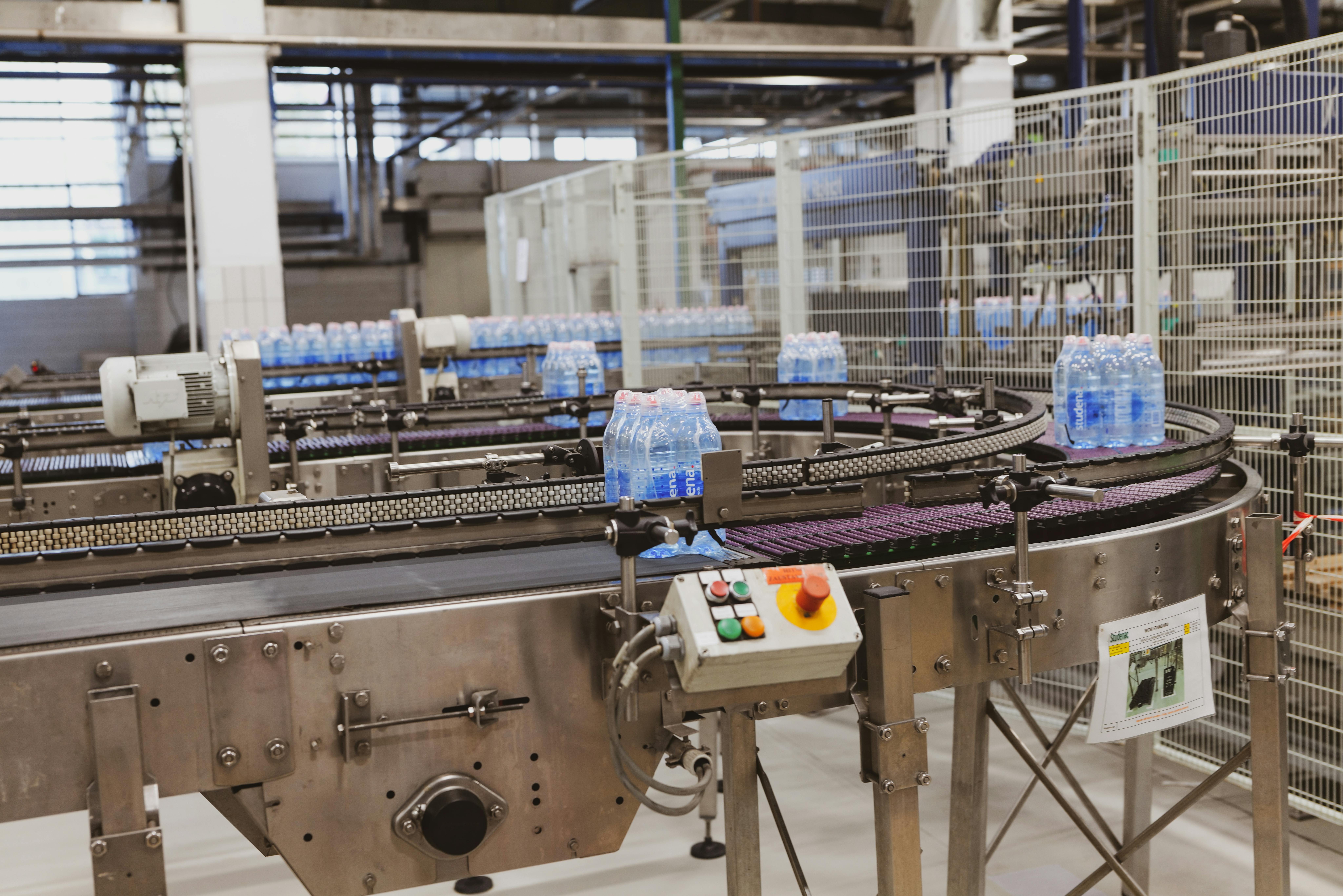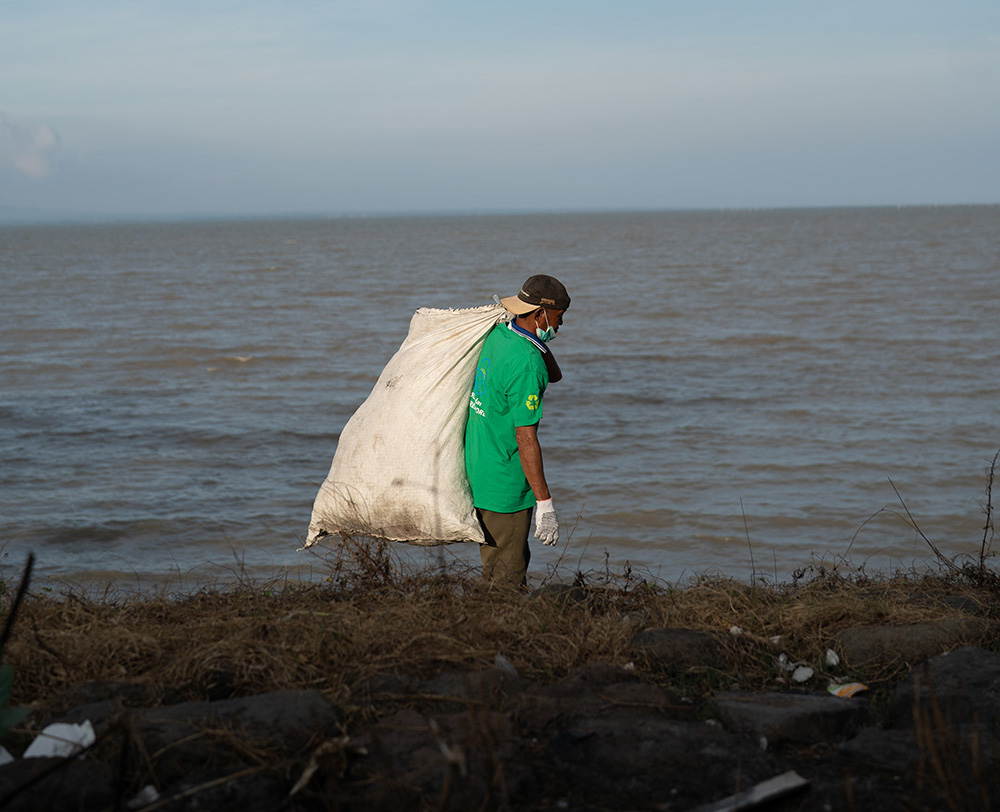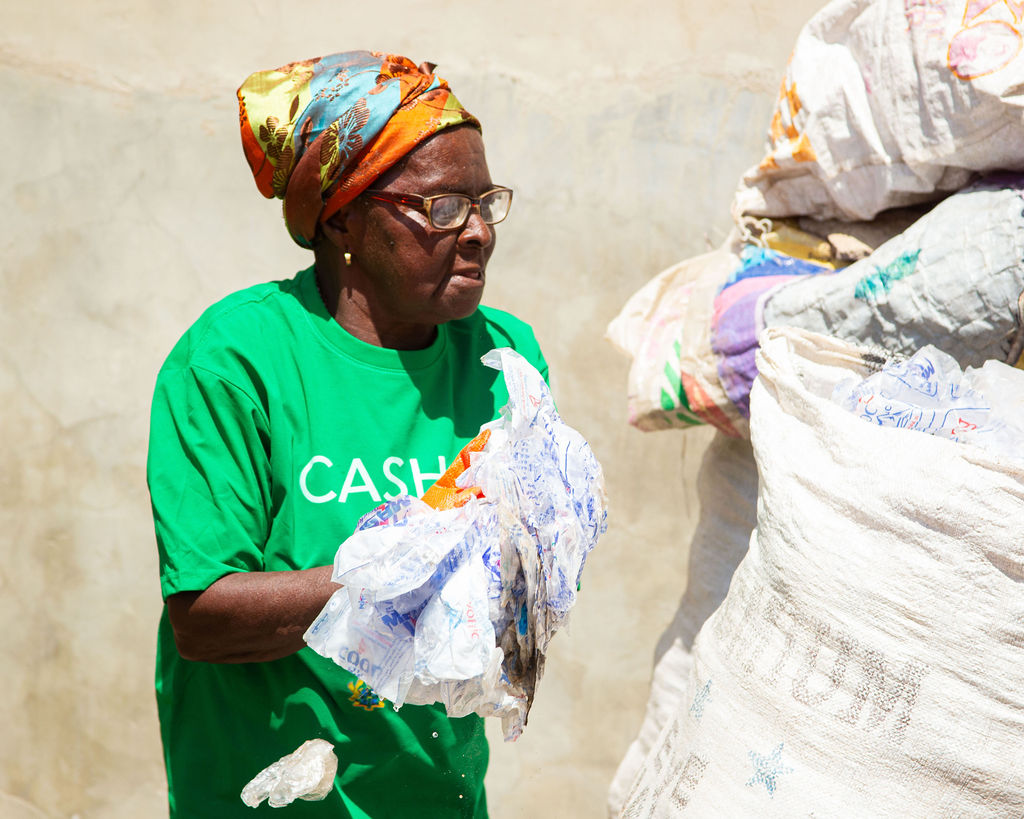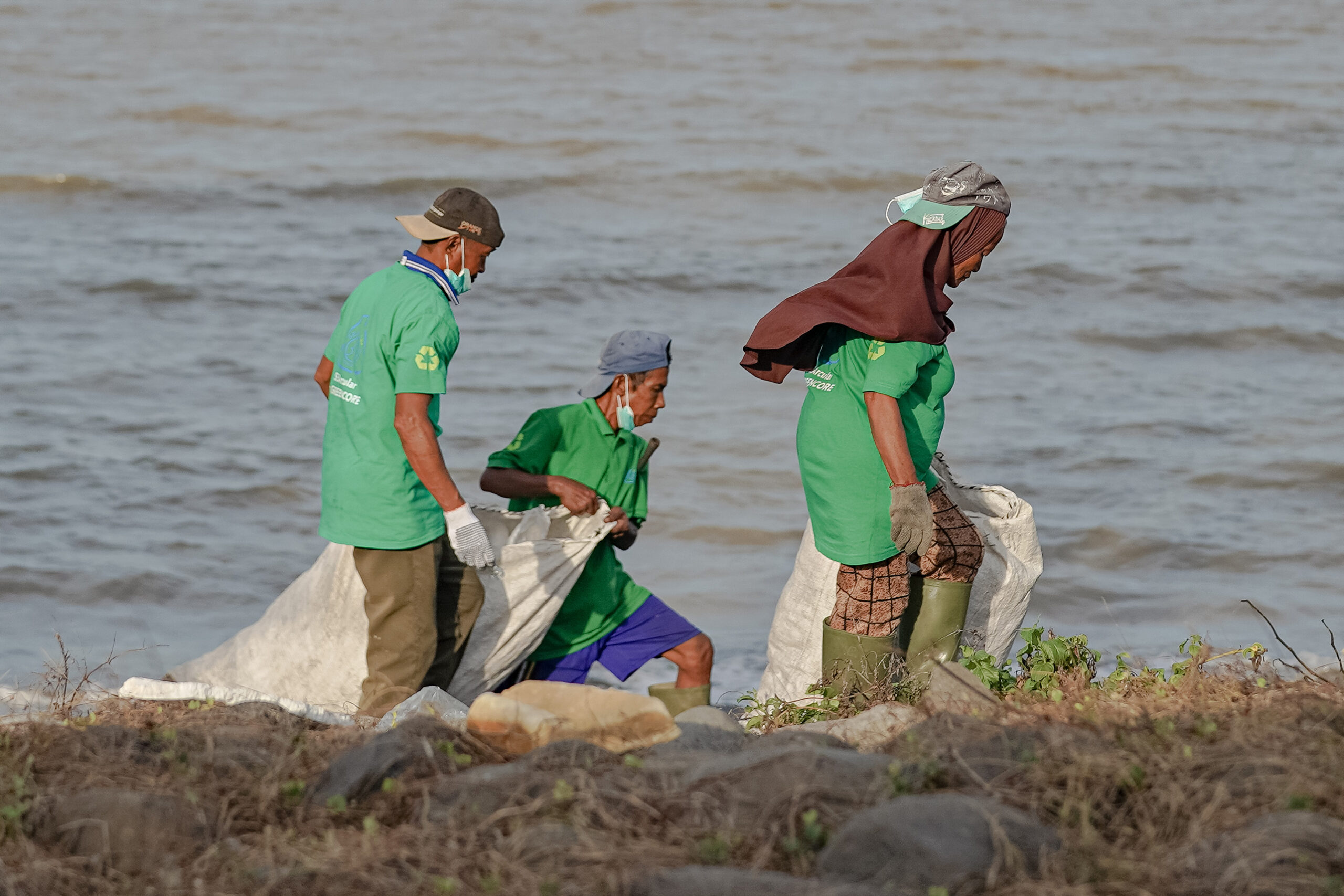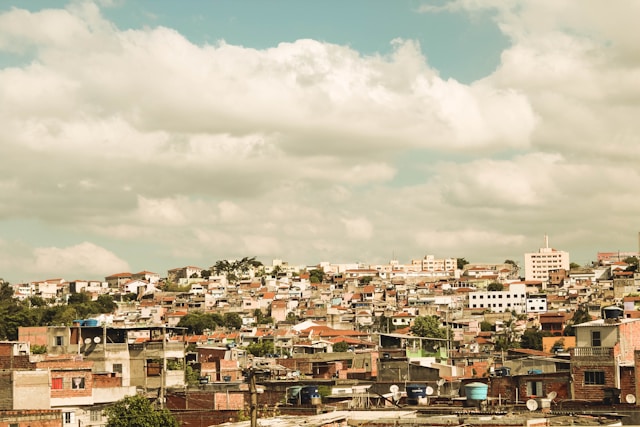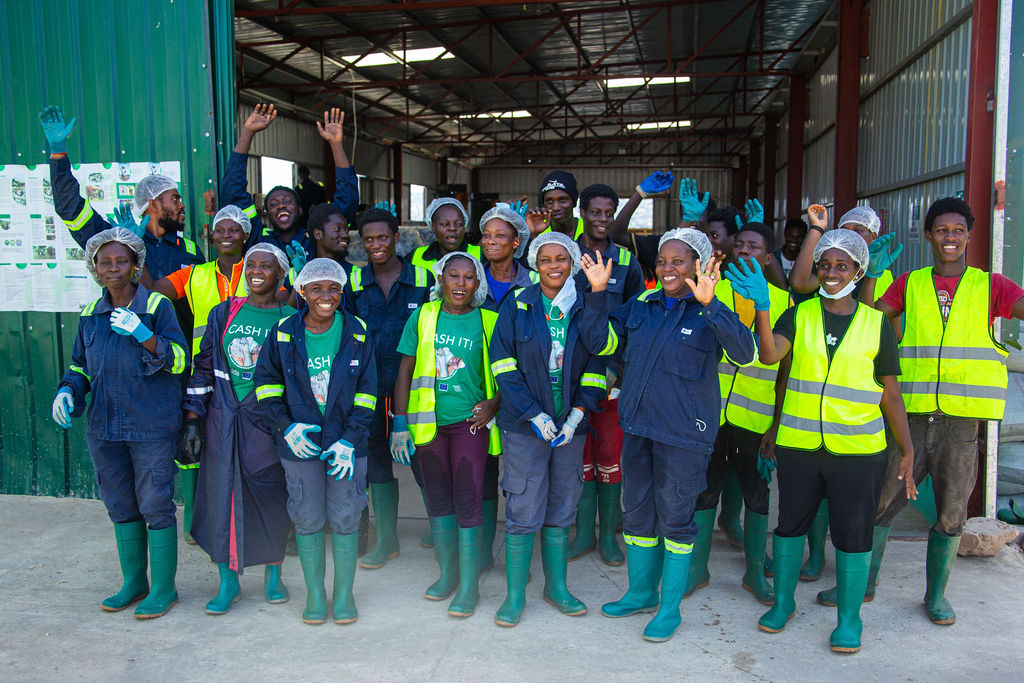Belém, the host city of COP30, has become a vivid symbol of climate disruption. From extreme heat to deforestation and plastic waste pollution flooding low-lying communities, Belém shows the consequences of the linear “take–make–dispose” model at full scale. For brands working in sustainable packaging, these realities make COP30 a turning point.
As Brazilian Indigenous groups protested destructive resource extraction (BBC, 2025), one message became clear: corporate action has become just as influential—if not more—than government policy when it comes to reducing reliance on fossil-fuel-based materials and preventing plastic waste leakage.
So, what are the key COP30 takeaways for brands? And how can companies align their packaging and supply chains with emerging global expectations?
What COP30 means for brands and sustainability packaging
COP30 reinforced that climate action is no longer limited to carbon. Plastic waste pollution is now firmly part of climate negotiations, with its extraction, production, and disposal directly linked to emissions, biodiversity loss, and community harm. For brands, this means:- Growing scrutiny on packaging choices
- Higher expectations for traceability
- Stricter extended producer responsibility (EPR) frameworks
- Greater pressure to reduce virgin plastic dependency
Companies now hold unprecedented power to influence supply chains, materials sourcing, and global waste outcomes.
Packaging EPR trends reinforced at COP30
The world is moving toward harmonised packaging EPR, with governments adopting clear roadmaps, common definitions, and measurable recovery targets. These frameworks expect brands to:
- Take responsibility for packaging after consumer use
- Fund waste management and recycling systems
- Demonstrate progress toward circular packaging
COP30 highlighted that municipalities, especially in high-leakage regions, are overwhelmed by plastic waste pollution. Strengthening recovery and recycling infrastructure is no longer optional; it’s a climate and social imperative.
Inside the WBCSD Global Circularity Protocol for Business
At COP30, the World Business Council for Sustainable Development (WBCSD) introduced its Global Circularity Protocol for businesses, a practical framework to help companies transition from linear to circular systems.
Key features include:
1. A simple-start approach
Brands can begin by focusing on circularity hotspots or areas with the highest material use or waste generation.
2. Material input assessment
Evaluate whether current materials are:
- Renewable
- Reused
- Recycled
- Virgin-fossil based
3. Material output assessment
Understand what happens downstream: Are materials recycled, downcycled, landfilled, openly burned, or biodegradable?
4. Dematerialization strategies
WBCSD helps companies design profit-positive ways to use less material while maintaining product functionality.
5. Storytelling for brand credibility
Transparent case studies become powerful tools for brand reputation and ESG reporting.
The protocol recognises that circularity must extend beyond direct operations. That’s where plastic recovery enters the picture.
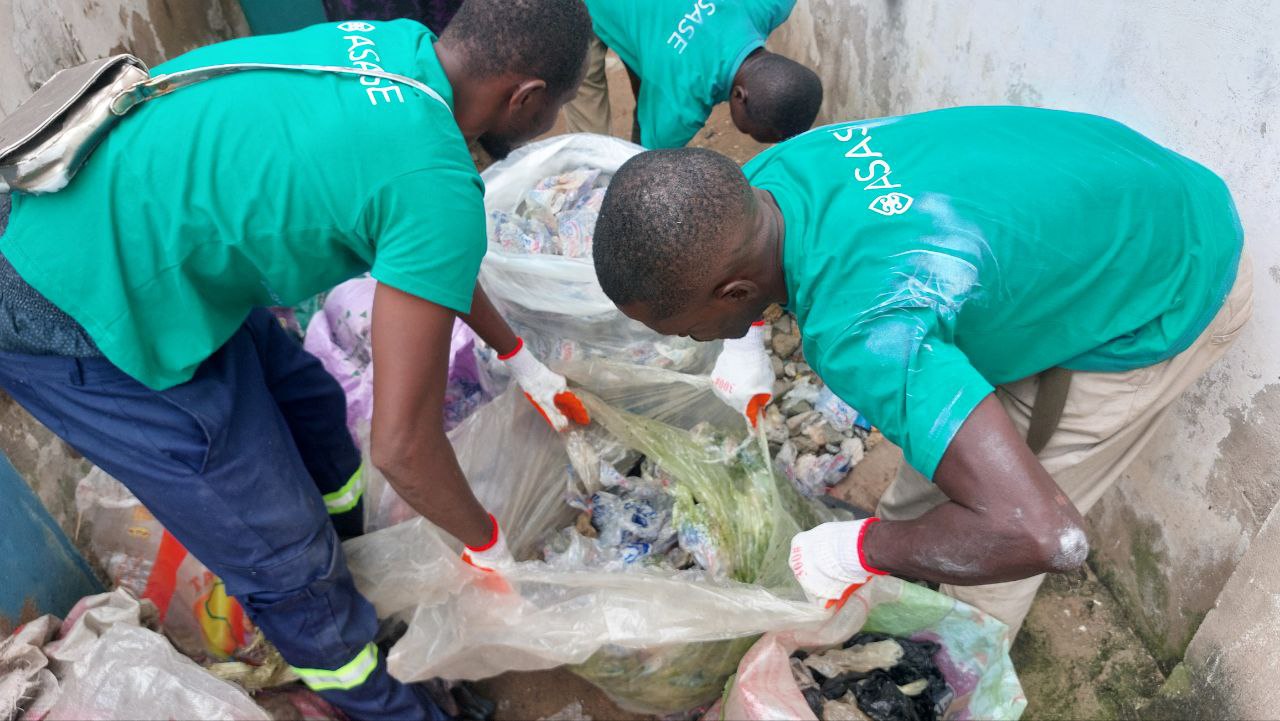
How companies can support plastic recovery in their supply chains
Beyond improving packaging design, brands can accelerate impact through value-chain recovery investments, including:
- Supporting local waste collectors
- Funding buy-back or deposit schemes
- Investing in recycling infrastructure in high-leakage regions
- Purchasing verified plastic credits for supply-chain recovery
These strategies create measurable, reportable improvements in plastic recovery, aligned with EPR, CSRD reporting, and climate commitments.
Plastic Collective partners with global organisations to design recovery projects that deliver credible environmental and social impact.
FAQs
What does COP30 mean for brands working on sustainable packaging?
COP30 signals a shift toward integrated climate–plastic strategies, with packaging EPR and supply-chain recovery now essential for compliance and reputation.
How can companies reduce plastic waste in global supply chains?
By improving material choices, investing in recovery systems, and supporting recycling infrastructure where leakage risk is highest.
What is the WBCSD Global Circularity Protocol and why does it matter?
It provides companies with a practical roadmap for circularity, covering material inputs, outputs, hotspots, and value-chain recovery.
How can brands comply with emerging packaging EPR requirements?
They must improve recyclability, track downstream recovery, fund waste systems, and document progress through verified reporting.
Lead the shift toward circular packaging and plastic recovery
COP30 has made it clear: brands have the power to drive meaningful climate and plastic recovery outcomes. With packaging EPR strengthening worldwide and new frameworks like the WBCSD Circularity Protocol, the path to circularity is clearer than ever.
with Plastic Collective
to align your packaging,
EPR obligations, and supply-chain recovery strategy with COP30 expectations.

